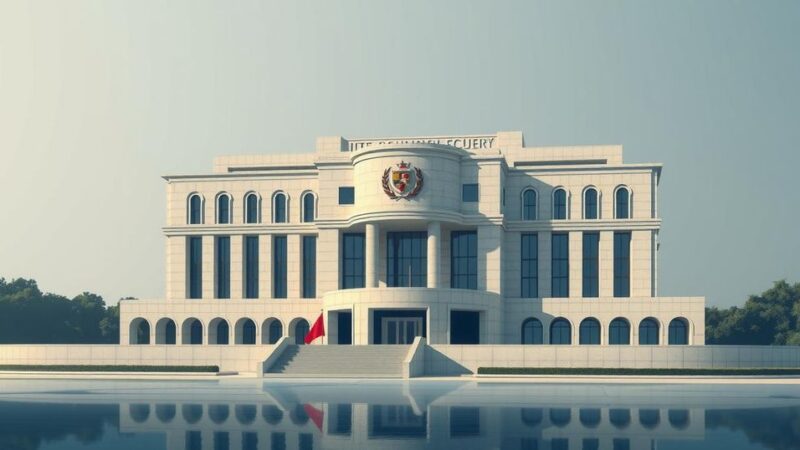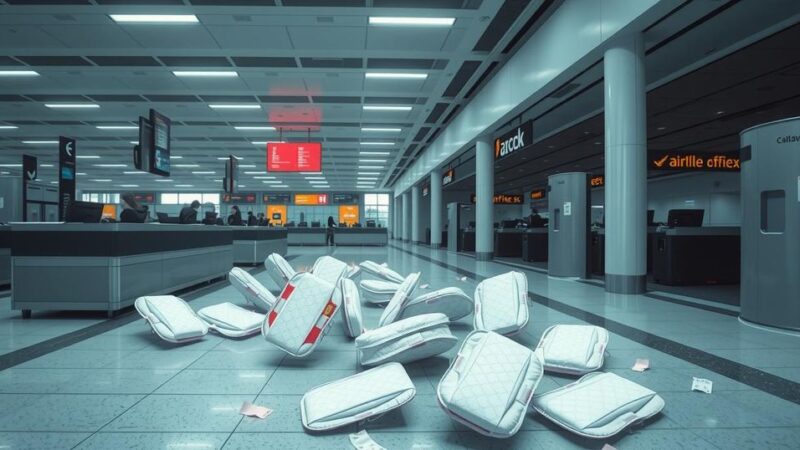Saudi Arabia is enhancing its real estate and infrastructure to meet increasing demand in Asir and Makkah, aligning with Vision 2030. Mayors Al-Jali and Al-Daood highlight strategies to attract investment and improve quality of life for both locals and tourists. The focus includes addressing tourism growth, waste management, and providing essential facilities for residents.
Saudi Arabia is intensifying its focus on real estate and infrastructure enhancements to accommodate the growing demands and elevate the quality of life in crucial areas like Asir and Makkah. These initiatives align with the objectives outlined in Vision 2030, aimed at boosting tourism, attracting investments, and improving livability for both residents and visitors.
During the Real Estate Future Forum in Riyadh, Abdullah Al-Jali, the Mayor of Asir, and Musad Al-Daood, the Mayor of Makkah, discussed their municipalities’ strategic approaches to fulfill these objectives. Al-Jali commented on the Asir region’s real estate potential, noting that 90 percent of market activity is concentrated in major cities such as Riyadh and Jeddah, leaving smaller regions underdeveloped.
Mayor Al-Jali highlighted the rising demand for tourism in Asir, stating that it is significantly impacting the local real estate market. He emphasized the urgent need for additional investments to address this demand, affirming the municipality’s critical role in facilitating infrastructure and real estate projects through necessary approvals and oversight.
He invited potential investors to explore various opportunities in Asir, specifically mentioning ongoing mixed-use and housing developments targeted at both locals and international buyers. Additionally, he acknowledged the broader challenges, including waste management and visual cleanup, calling for enhanced collaboration to achieve these goals.
Mayor Al-Daood addressed Makkah’s unique challenges concerning its status as a significant site for religious tourists, welcoming millions annually. He pointed to the need for improved infrastructure and facilities to support the influx of visitors, as directed by the Crown Prince, focusing on cleanliness and visual improvement within the city.
He further stressed the importance of planning to manage the 1.5 million pilgrims during peak seasons effectively. Al-Daood noted that with a residential population of 2 million, Makkah must invest in healthcare and entertainment initiatives to enhance the overall quality of life for its citizens, stating that their needs deserve attention alongside the city’s religious significance.
The article discusses the ongoing efforts of Saudi Arabia to improve its real estate and infrastructure as part of the broader Vision 2030 initiative. The focus is on the regions of Asir and Makkah, where local authorities aim to enhance living conditions and attract both tourism and investment. The insights are provided by the mayors of these regions during a panel discussion at the Real Estate Future Forum.
In essence, Saudi Arabia is poised to expand its real estate and infrastructure development initiatives, particularly in the Asir region and Makkah, to meet the increasing demand from tourists and residents alike. The mayors express a commitment to improving quality of life and addressing infrastructural challenges while fostering a collaborative approach towards sustainable growth.
Original Source: www.arabnews.pk






